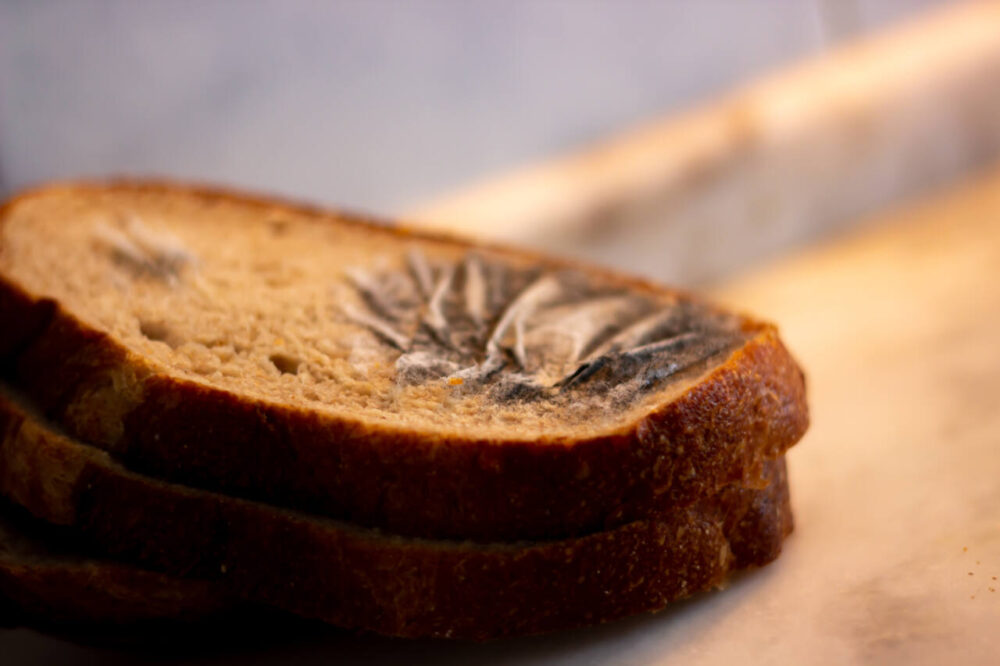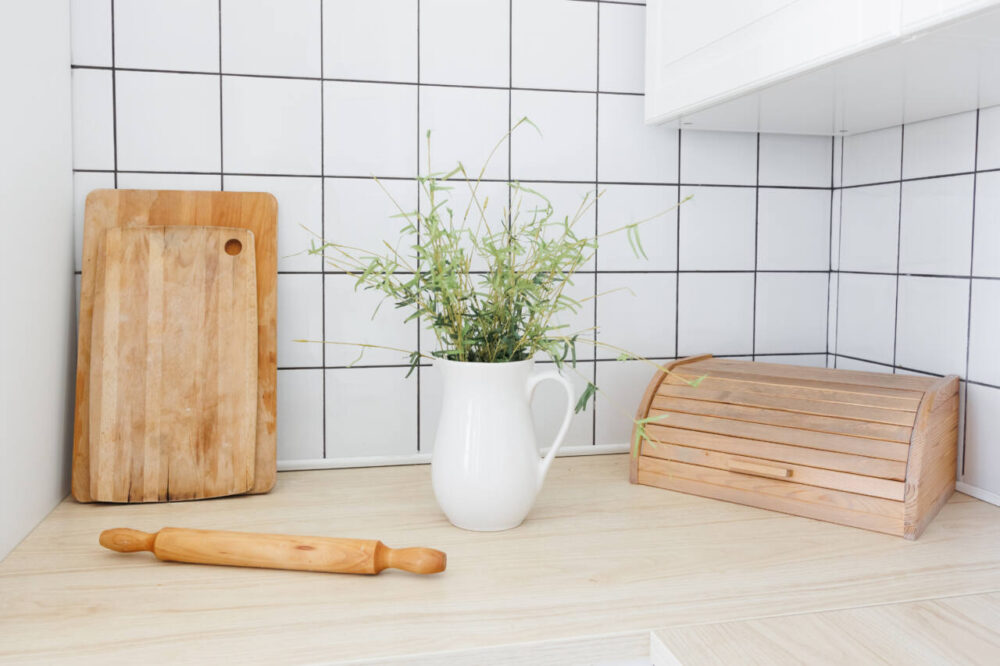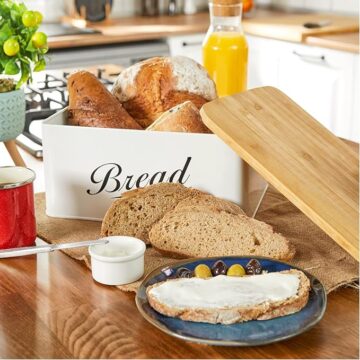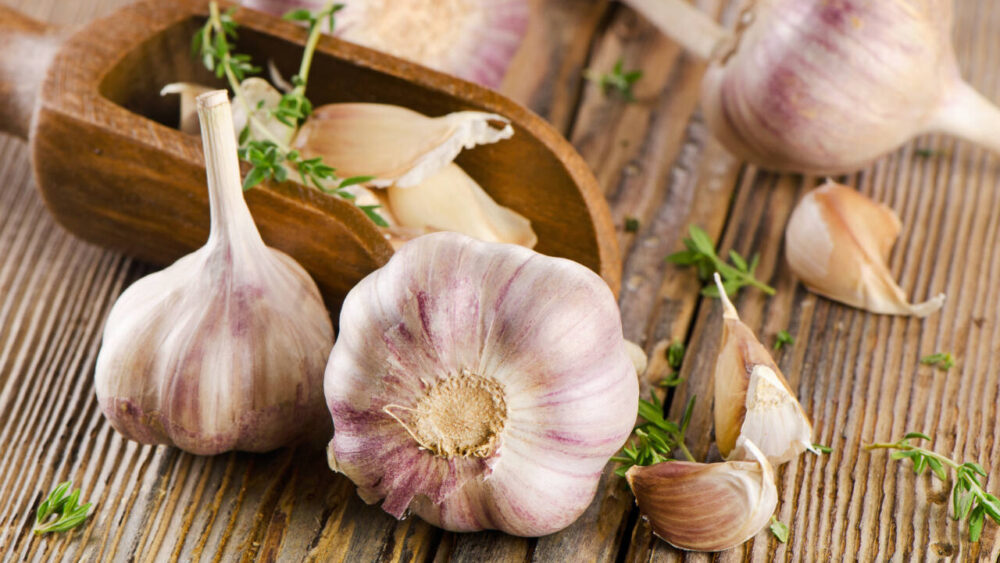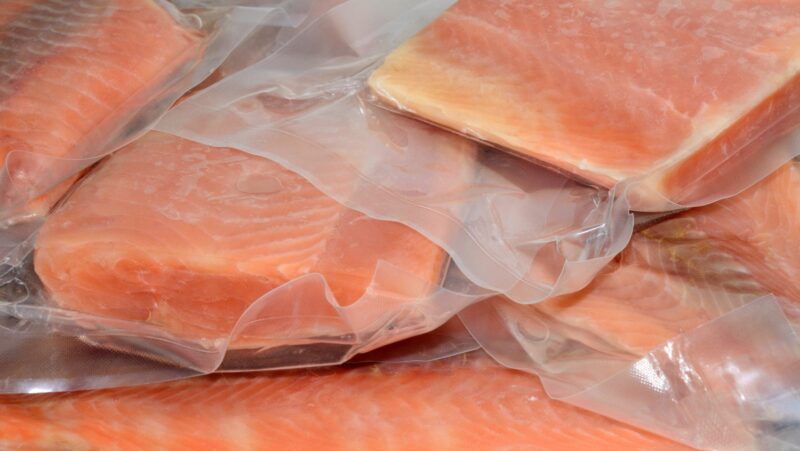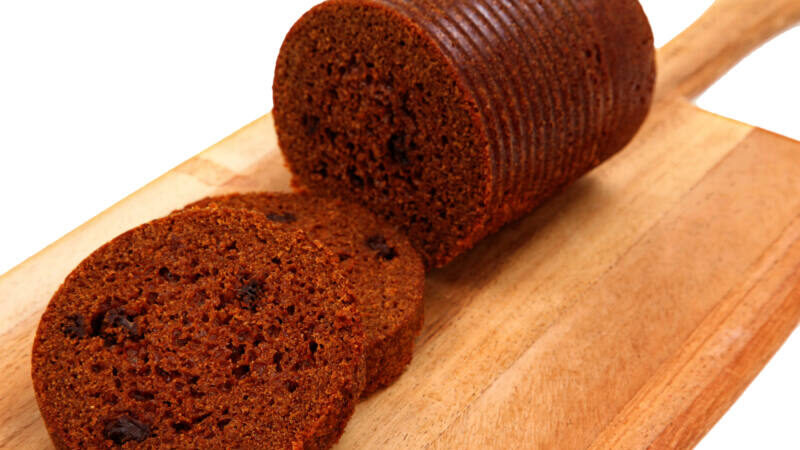Why you shouldn’t slice the mold off a loaf of bread and eat the rest
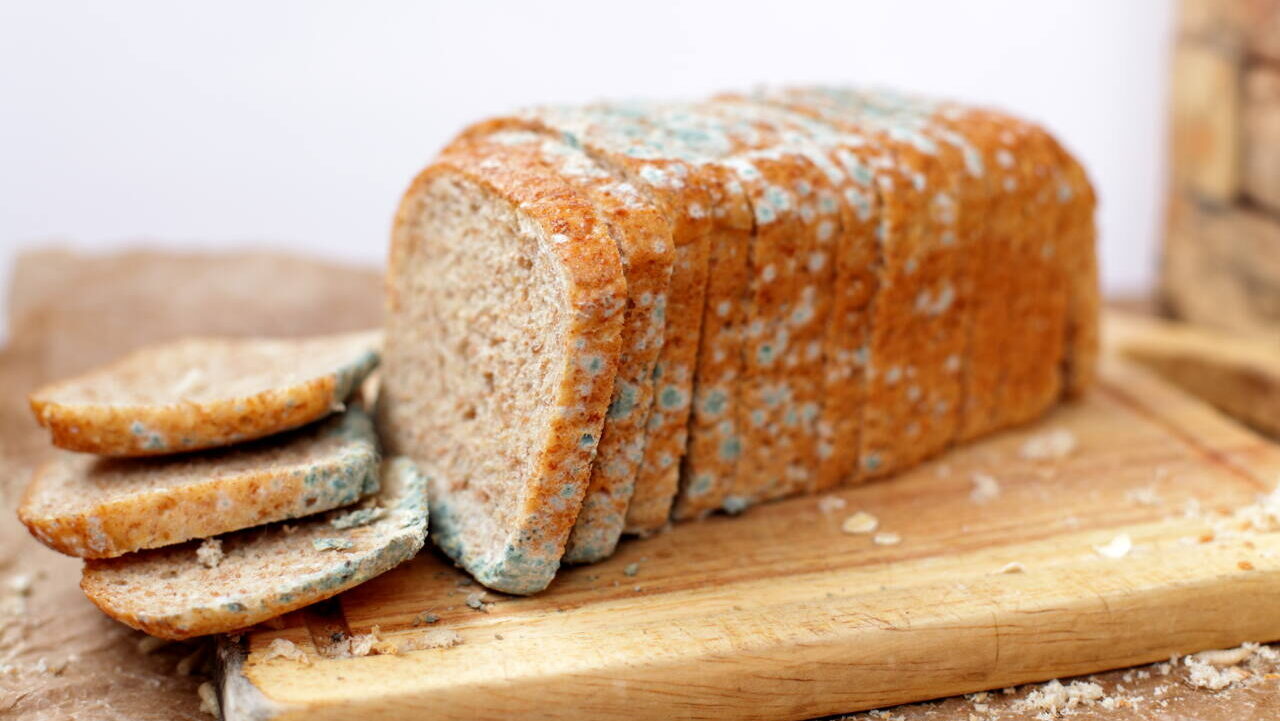
- March 1, 2024 |Last updated on 02/29/2024
Right now, someone somewhere is groaning in frustration at the sight of mold splotches on their bread loaf. We’ve all been this person, deeply craving a sandwich or a deliciously spongey nosh, only to be thwarted by green stuff growing on our favorite source of carbs.
“But wait,” we might think to ourselves in this moment. “That’s just a tiny spot of mold. I’ll throw out that slice and pretend I never saw it. On with the nosh!”
Unfortunately, according to science, this is a bad move. That whole loaf is kaput.
Why One Spot of Mold Is Bad For the Whole Loaf
But it’s just one spot! Why should we throw out the whole loaf? Consider that one disgusting bit of mold to be a warning sign. Similar to the saying “one bad apple spoils the bunch,” one patch of mold spoils the whole loaf (or at least it has the potential to spoil the whole loaf and you don’t want to take chances).
Mold has long, thin roots that will thread their way into your bread. These “roots” of mold spores can infiltrate airy baked goods like breads and muffins. Even if you throw out the slice of bread with mold on it, there could be tons of microscopic stuff hidden inside the rest of the loaf.
MORE: What is canned bread?
“Yeah, but what can a few little microscopic mold spores really do?” you might scoff. According to food scientists and microbiologists, dangerous toxins called mycotoxins lurk within these spores, and they can wreak havoc on your health over the long term. In addition to being yucky, these toxins have been linked to liver cancer and they build up in your body over time after the initial ingestion of mold.
So even if you think there’s not much risk in chowing down on one moldy sandwich (which, gross), the consequences in the future can be serious.
How to Store Bread to Avoid Mold and Lengthen Its Lifespan
The best way not to stress out about moldy bread is not to get mold in the first place. Freezing bread will keep it fresh for as long as possible, and if you’re not going to freeze it, storing it properly should be the next goal.
Warm, moist conditions are ideal for growing mold, so it’s best to avoid storing bread in plastic bags where warmth and moisture build up. Instead, keep the bread on the counter out of direct sunlight and stored in a paper bag. Or try using a reusable bread bag that’s designed keep bread soft and fresh for longer. If you bake your own bread or freeze store-bought loaves you’ve bought on sale, reusable bread bags are also a great way to store bread in your freezer.
There’s another great option, however: What’s no bigger than a breadbox and makes a great storage spot for bread? A breadbox!
Storing bread inside a breadbox keeps it cool and dry, aka bread’s happy place. Set your breadbox in a part of the kitchen that doesn’t get too much heat, avoiding the top of the refrigerator and anyplace near the dishwasher. Many cute breadboxes have a bit of a rustic, retro or farmhouse vibe, so you’ll want to display it on the counter where everyone can admire it anyway.
MORE: How to make fresh bread at home without spending hours in the kitchen
The bottom line: Store your bread properly and try to eat it within a few days of purchasing it (more like two days if it’s fresh from a bakery). And if you spot mold on bread, it’s not worth getting sick just to satisfy a craving for doughy deliciousness. When in doubt, throw it out.


